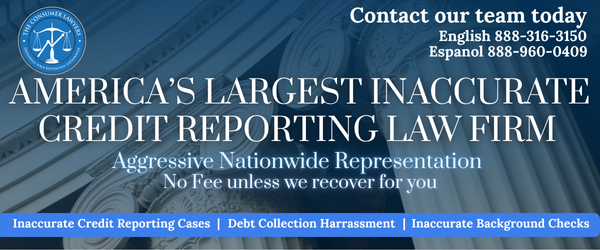 Zolfo Springs Reorganization Lawyers, Florida
Zolfo Springs Reorganization Lawyers, Florida
Not enough matches for Zolfo Springs Reorganization lawyer.
Below are all Zolfo Springs Bankruptcy & Debt lawyers.
Lawyers
1-2 of 2 matches
Estate, Employment, Divorce & Family Law, Criminal, Bankruptcy



